On Tuesday 16 June 2020, we celebrated #WorldSeaTurtleDay
It’s a day in the global calendar dedicated to raising awareness about the sea turtles – celebrating the majestic creatures and highlighting the ever increasing threats and pressures they face.
Tourism and Wildlife Cabinet Secretary Najib Balala and his group which included Kenya Wildlife Service (KWS) officials, joined us for the celebration after their welcome at KWS Watamu by Warden Dadley Kiluhula.
We welcomed Mr Balala with an overview of our Turtle conservation programmes by Stephen Odhiambo, with some highlights to-date for Watamu being:
- 1,000+ nests protected in Watamu
- 18,000+ turtle rescues in our ByCatch & Release programme
- 600+ turtles admitted and treated in our Turtle Rehabilitation centre
After the intro Kahindi lead a tour of our Turtle Rehabilitation Centre. At the time we also had a green turtle patient that was recently admitted for a speargun injury. It was a great engagement with Kahindi Changawa answering questions raised by CS Balala and other interested parties in the group.
From here the visit was handed over to Fikiri Kiponda who lead a successful release of a green turtle that was rescued in our Turtle Bycatch & Release programme. The CS bid the final farewell to the sea turtle who swam off into the open ocean awaiting her.
The tour then went on to EcoWorld followed by Bio-Ken Snake Farm.
We wish to thank CS Balala, KWS and the group for spending some time with us in celebration of #WorldSeaTurtleDay.
#WorldSeaTurtleDay in the midst of #COVID19
As we celebrated the day, we did so in the midst of #COVID19 lockdown. The lockdown has had an impact on some of our turtle conservation training efforts, so we made some educational videos that can be watched remotely.
We have three videos up so far (two in Kiswahili) and will continue to add to the playlist as more are made.
P.S. Even if you aren’t running a Turtle Conservation Group, we’re sure you’ll enjoy learning some of the finer details behind our nest monitoring efforts.
Watch the education videos here
#WorldSeaTurtleday in the midst of #COVID19
Of the seven species of marine turtles, five can be found in Kenyan waters and Local Ocean Conservation (LOC) has encountered all of them through our various marine turtle conservation initiatives. Most commonly, turtles sighted are green (Chelonia mydas), and hawksbill (Eretmochelys imbricata) turtles, however olive ridley (Lepidochelys olivacea), loggerhead (Caretta caretta) and leatherback (Dermochelys coriacea) turtles are also observed.
The majority of sea turtle nesting activity in Kenya comes from green turtles and there are four important green turtle nesting sites listed in Kenya. These are Jumba Ruins, Mombasa beach, Kiunga beach and Watamu beach although it is acknowledged that there are significant gaps in the knowledge of the distribution of key nesting sites3. In addition to green turtle nests, olive ridley, hawksbill and leatherback nests have also been observed.
Mida Creek and the coastal inshore waters of Watamu provide essential foraging habitats for juvenile and subadult populations of hawksbill and green turtles, whereas the coral reefs, sea grass beds and deeper waters along the Kenyan coast form migratory routes and habitats for mature turtles from each of the five species.
Threats to marine turtle populations
Green turtles are listed as ‘endangered’ by the IUCN Red List of Threatened Species due to ‘extensive subpopulation declines in all major ocean basins over the last three generations as a result of overexploitation of eggs and adult females at nesting beaches, juveniles and adults in foraging areas and to a lesser extent incidental mortality relating to marine fisheries and degradation of marine and nesting habitats’4.
Hawksbill turtles are listed as ‘critically endangered’ by the IUCN Red List of Threatened Species due to ‘extensive subpopulation declines in all major ocean basins over the last three generations as a result of overexploitation of females and eggs at nesting beaches, degradation of nesting habitats, take of juveniles and adults in foraging areas, incidental mortality relating to marine fisheries, and degradation of marine habitats’5.
Loggerhead and olive ridley turtles are globally listed as ‘vulnerable’ 6,7 by the IUCN Red List of Threatened Species and leatherback turtles in Kenya fall into the ‘critically endangered’ Southwest Indian Ocean subpopulation8.
Many of the problems faced globally by the marine environment such as over exploitation of resources, habitat destruction, pollution and climate change, negatively impact marine species and human populations alike. Due to marine turtles’ reliance on a variety of habitats, migratory nature and long life span, they are particularly vulnerable to these issues. In Kenya, and the Watamu area in particular, LOC has documented increases in unsustainable ocean resource harvesting often involving illegal and destructive fishing practices; as well as unsustainable coastal development. An ever-increasing local human population, poverty, poor education and a lack of alternatives, combined with weak governance are the drivers for these damaging activities. The result is diminished marine biodiversity, habitats and ecosystem function, with negative impacts on local people who depend on a healthy coastal environment. Fish catches are declining, mangrove forests are in retreat, coral reefs degraded, and near shore ecosystems increasingly desertified.
Kenya has a history of consuming marine turtle meat and eggs. With the decline of marine turtle populations, this activity has been made illegal. Nonetheless, in some areas it is still deeply ingrained within local culture. In addition, the coastal communities of Kenya are often very poor and have to be opportunistic in order to feed their families. This puts marine turtles in the area at high risk of poaching whether this is nesting females, eggs or juveniles and sub-adults who are caught by local fishermen despite not necessarily being the target species of their fishing efforts.

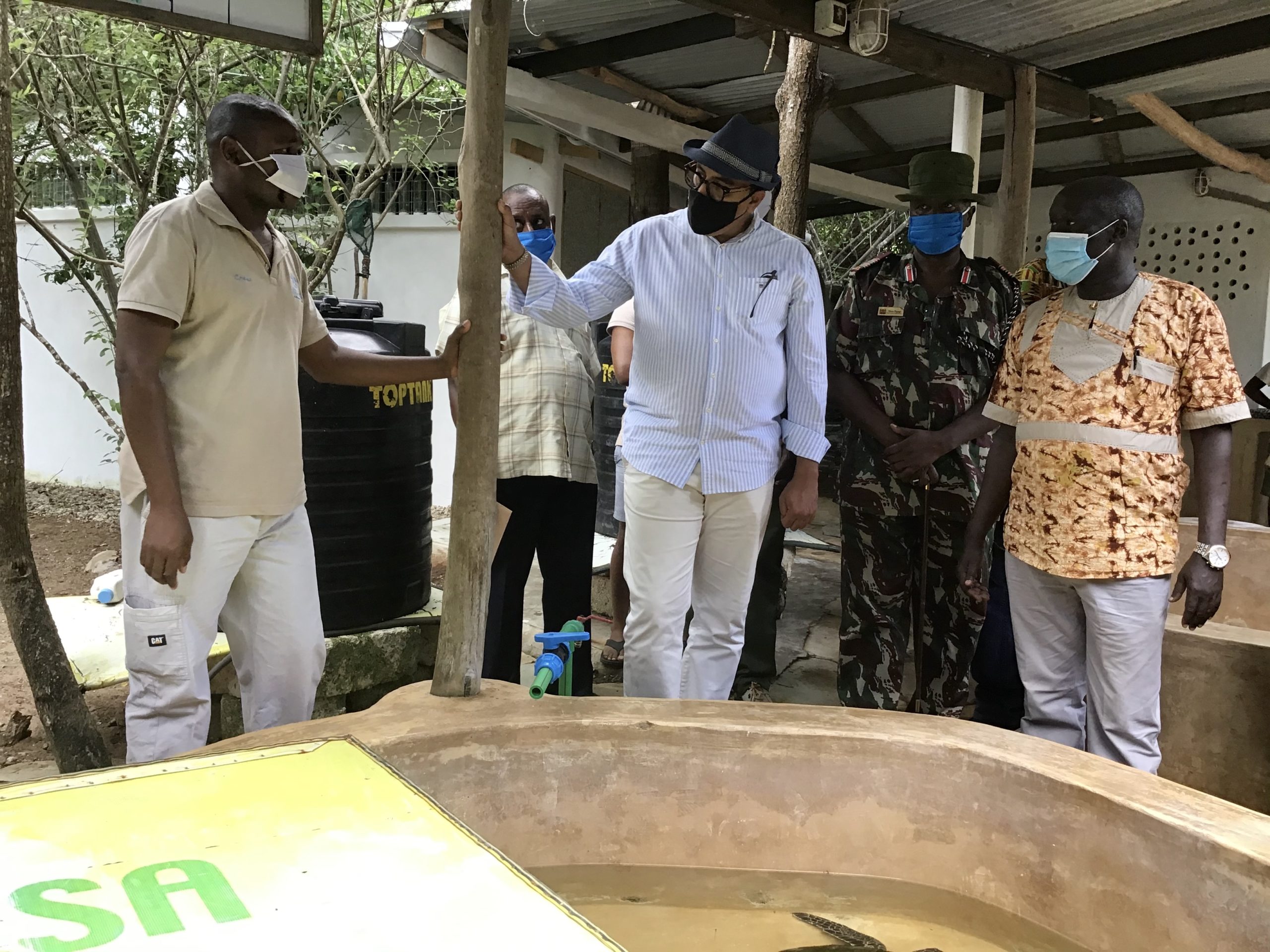
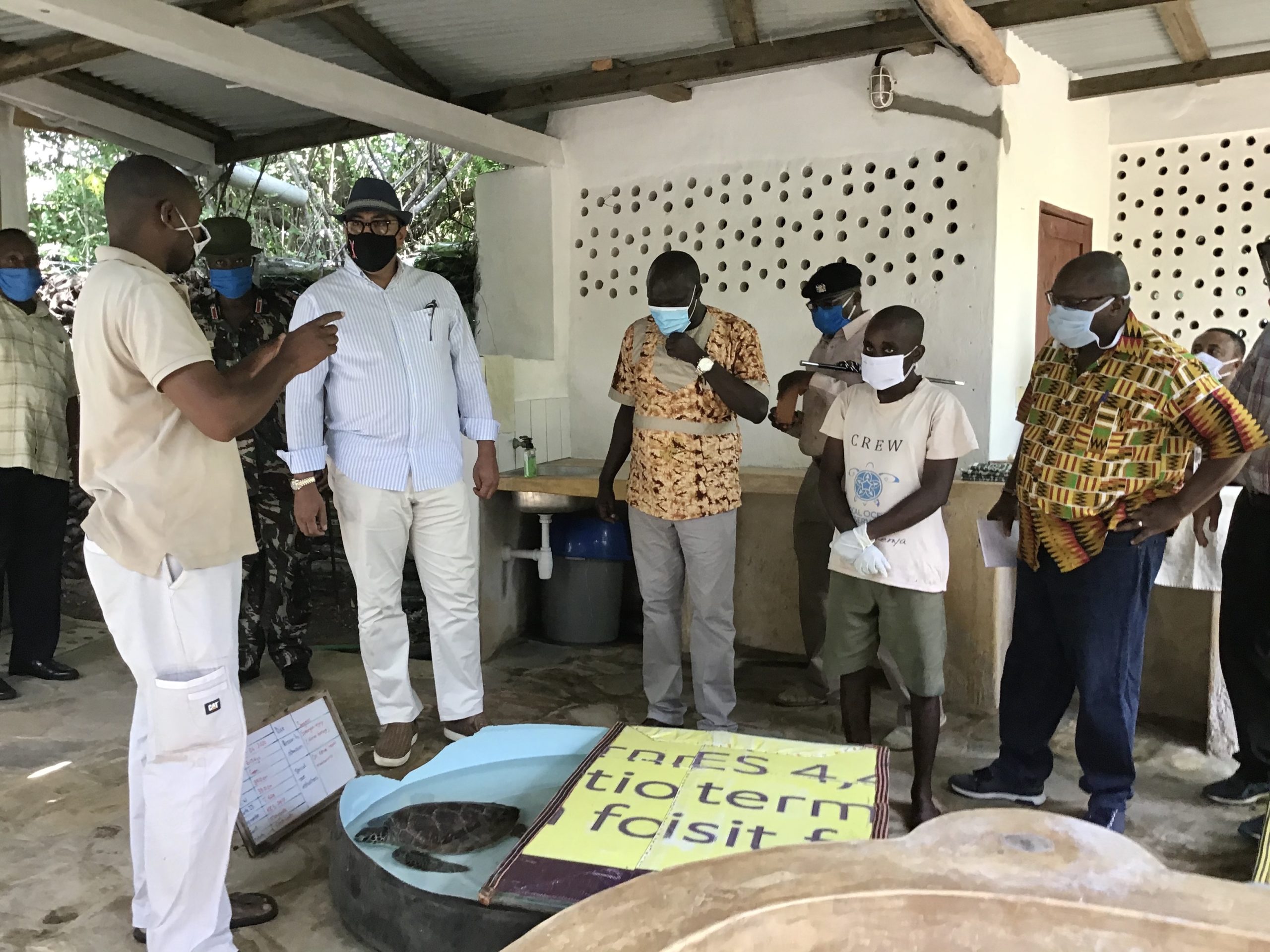
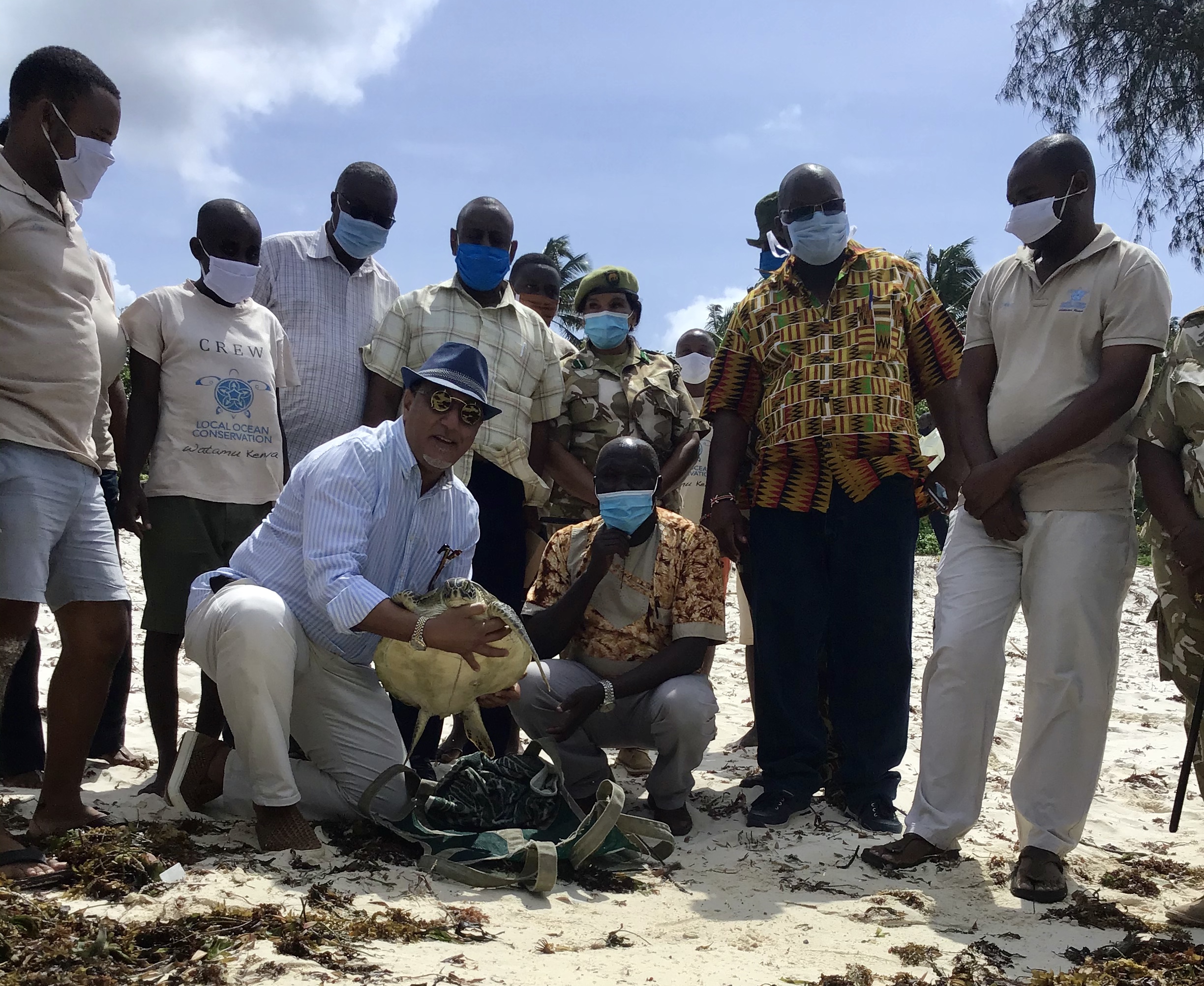
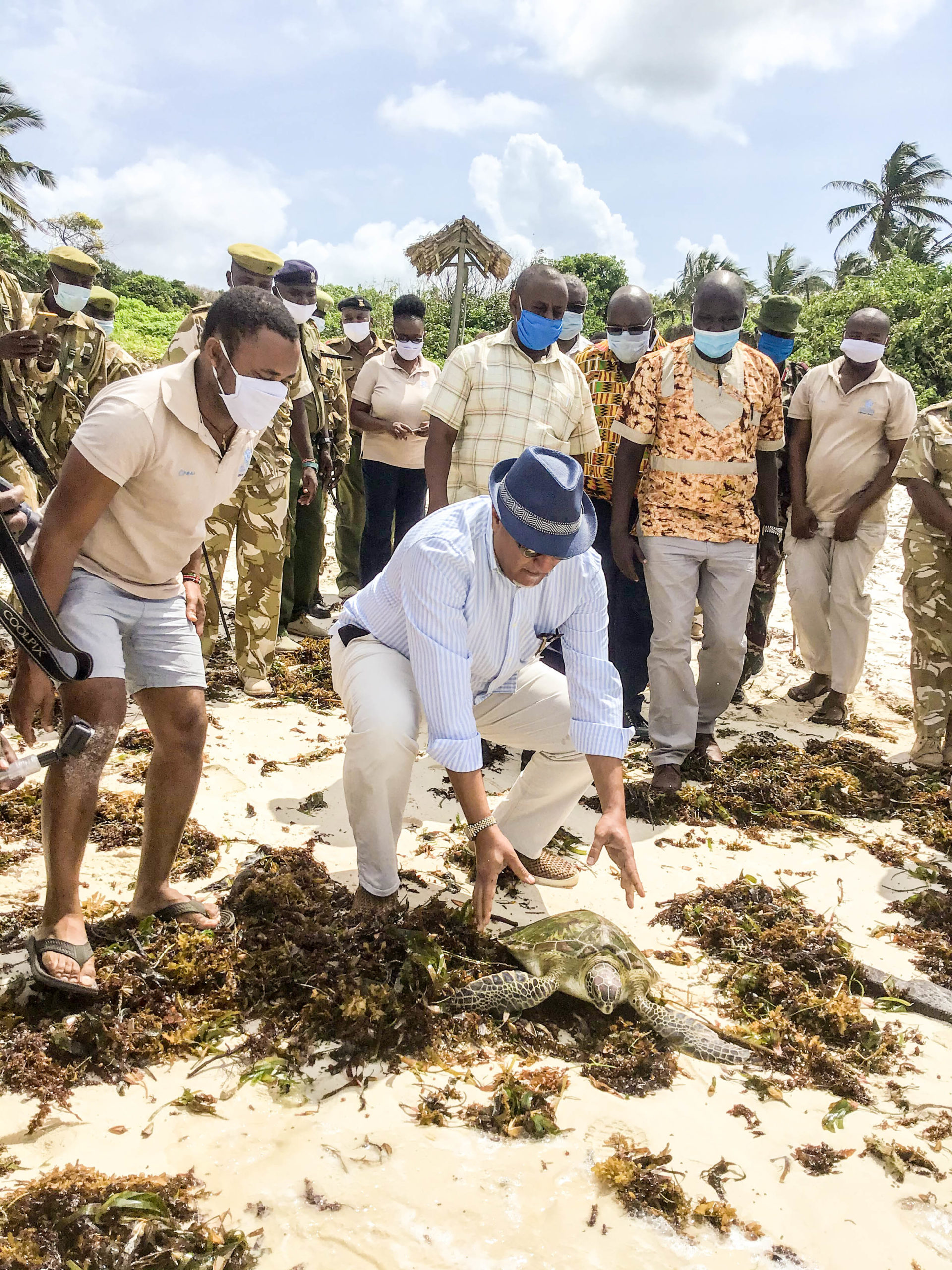

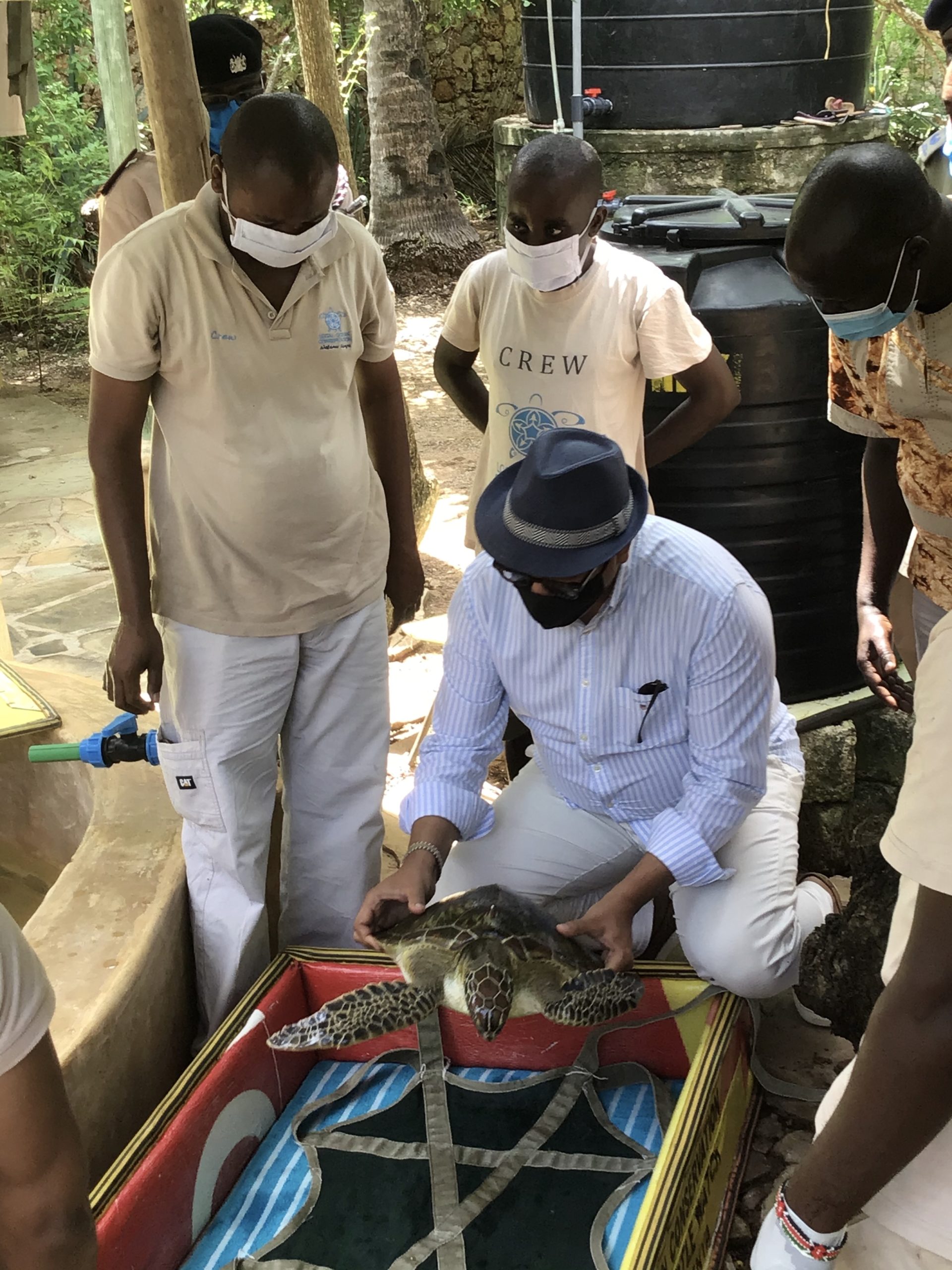
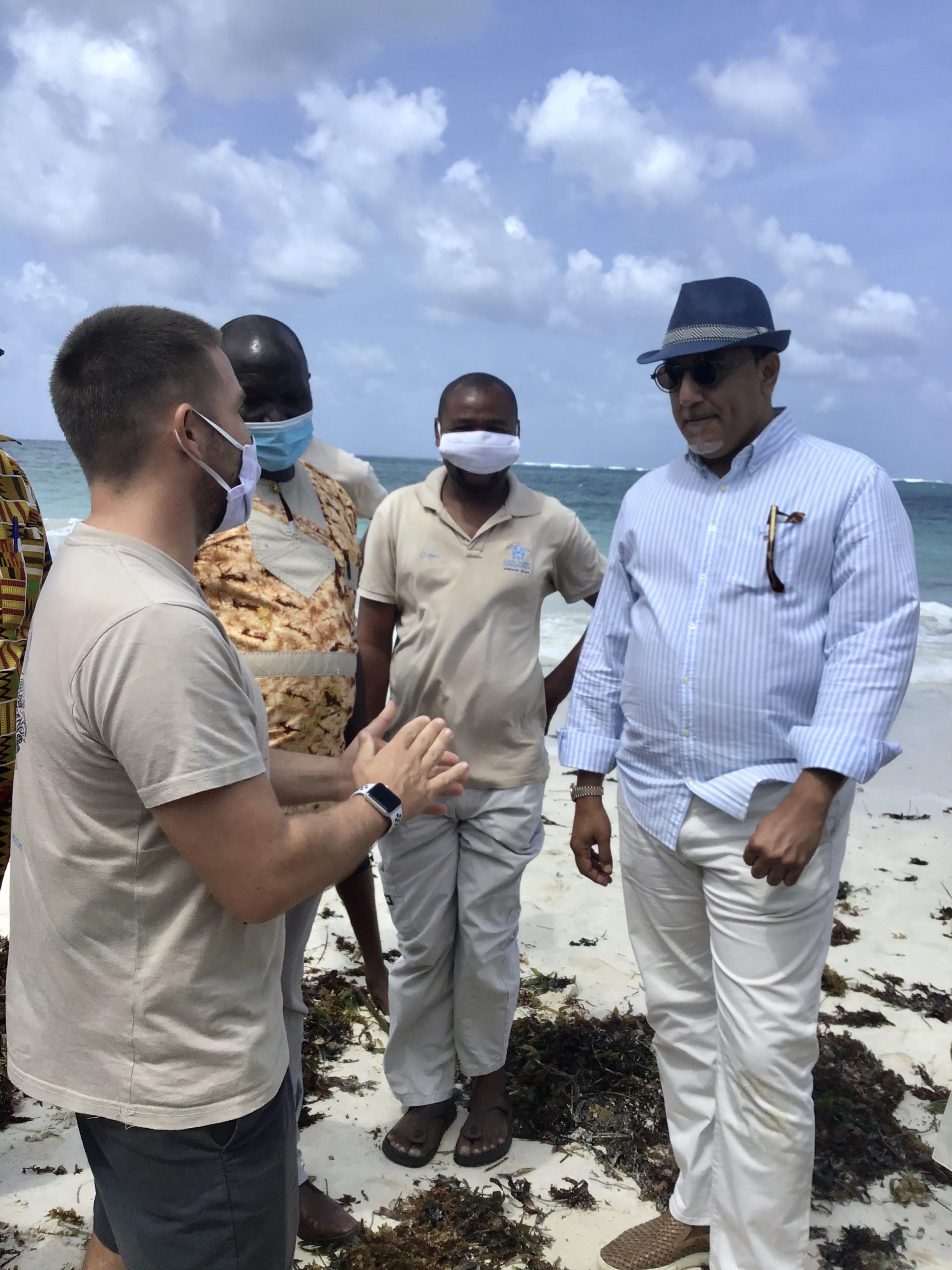
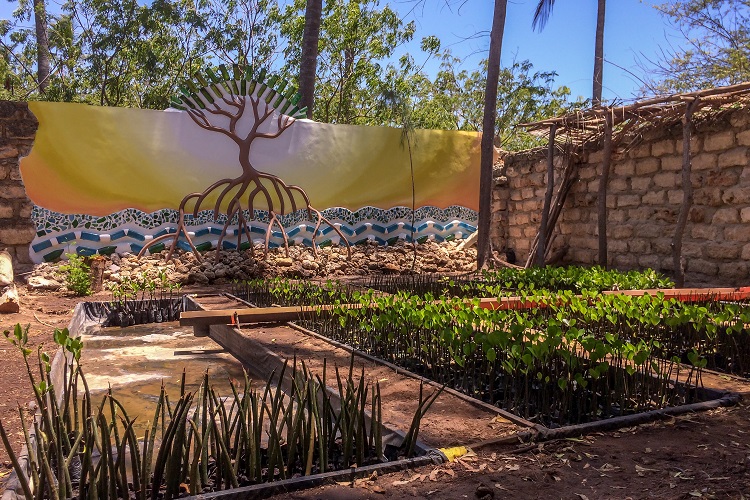

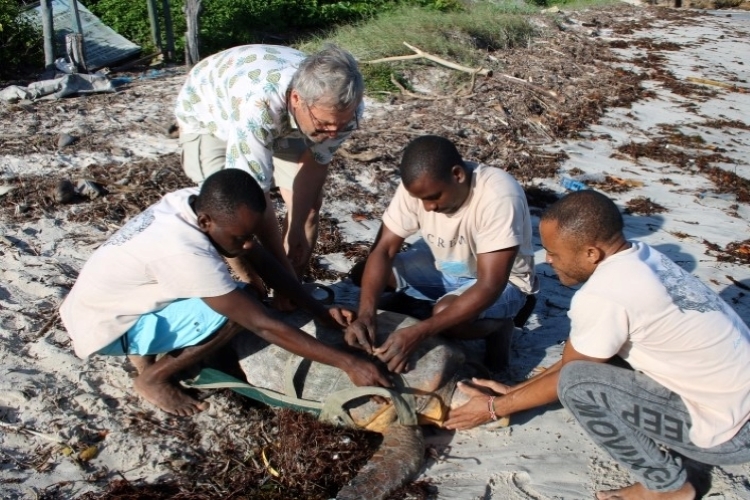

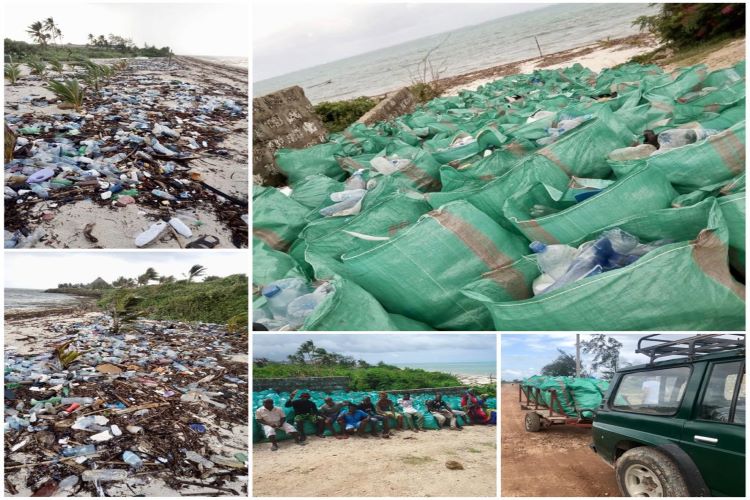
Leave A Comment